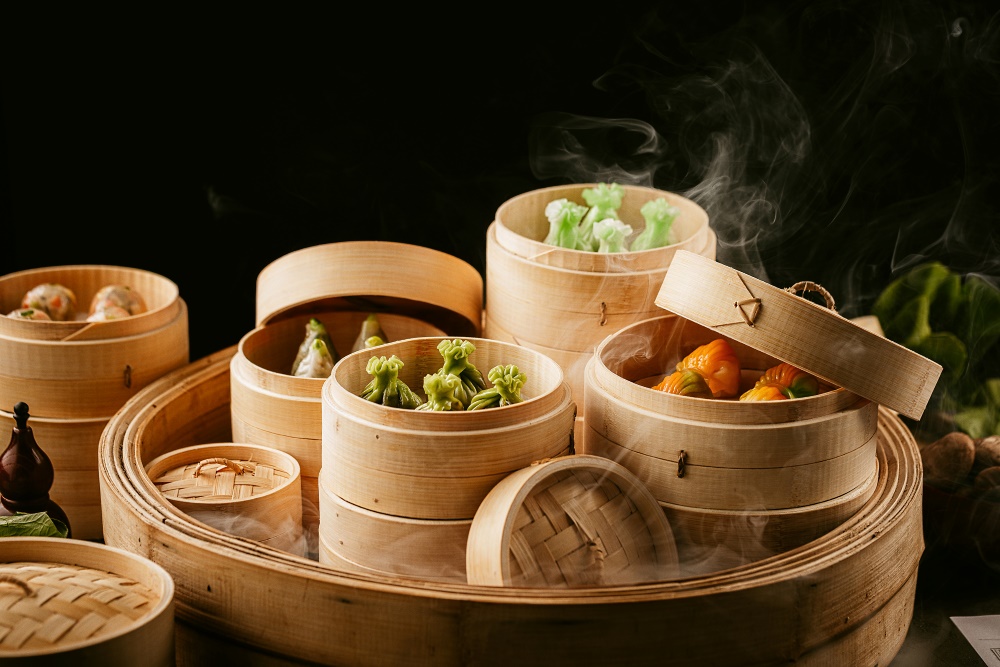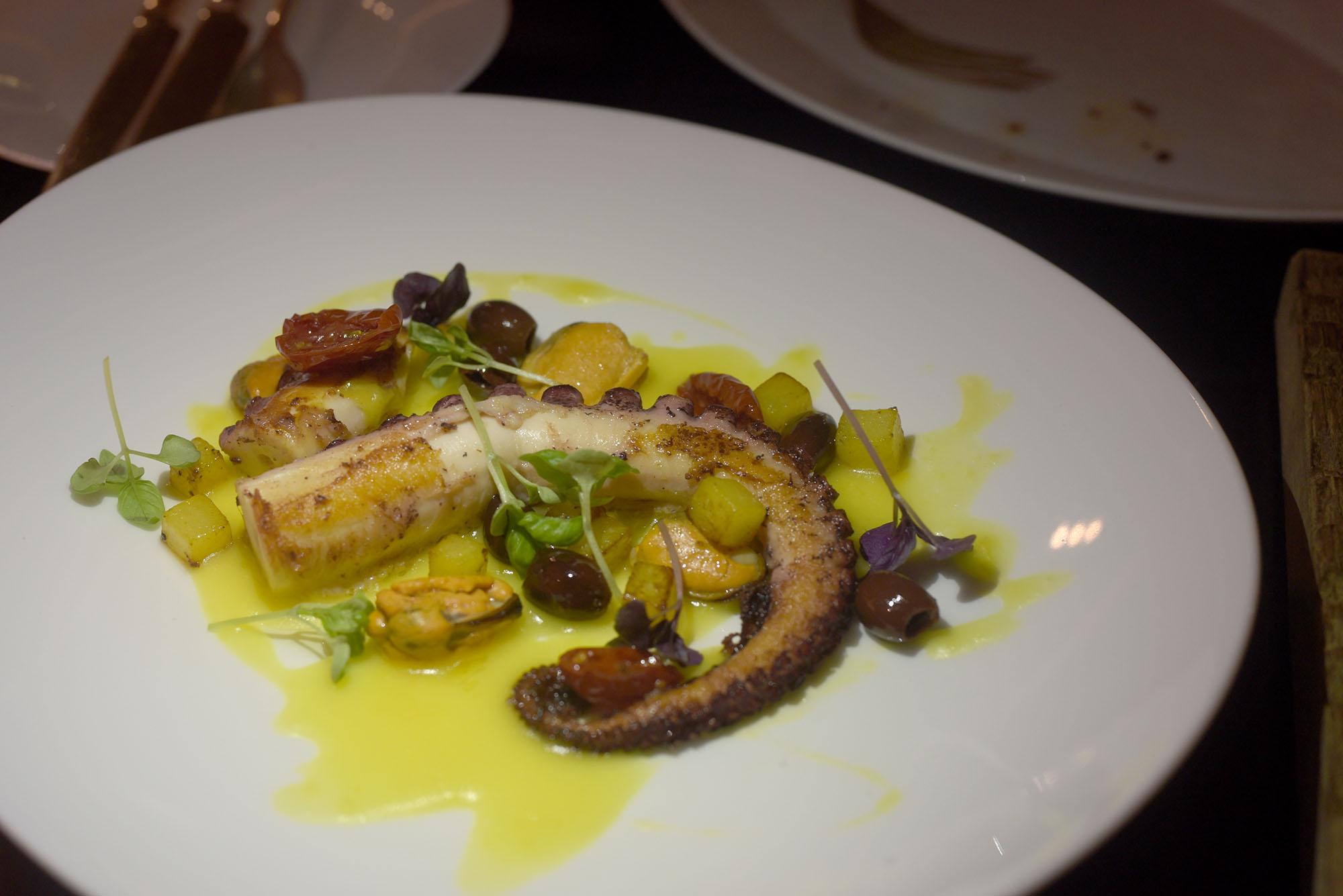“Eating an artichoke is like getting to know someone really well.” – William Hastings
When you are in Rome do as the Romans do. This saying is completely true when you are visiting Rome between Christmas and Easter. Roman cuisine has a plethora of dishes for you to crave. It features fresh, seasonal and simply-prepared ingredients from Roman Campagna. From the Caesar salad to Carciofi alla Romana (the way artichokes are prepared); the ‘Eternal City’ will definitely delight your taste buds. Our article devotes a special attention to Artichoke which is without a doubt considered to be the King of Vegetables in the Roman cuisine.

Artichokes are one of the oldest food known to humans; the historians believe the artichokes originated in the Mediterranean countries, possibly Sicily or Tunisia and the edible flower form was first recorded around 1400 in Italy. Ancient Greeks and Romans considered artichokes a delicacy and an aphrodisiac. They used to enjoy artichokes preserved in honey and vinegar, seasoned with cumin. In Ancient Greece, the artichokes were attributed to being effective in securing the birth of boys. After Rome fell, artichokes became rare but re-emerged during the Renaissance in 1466 when the Strozzi family brought them from Florence to Naples. Today, greatest producers of artichokes are still in Mediterranean and are still enjoyed in almost exactly the same way it was 600 years ago.

What does the artichoke taste like? Why is it so famed and what are the benefits of this mysterious vegetable? The Artichoke has an amazing complex flavor which is very delicate and nutlike, which makes it different from any other vegetable. It is an excellent antioxidant and also helps digestion, liver function, and gallbladder function. The artichoke is full of valuable nutrients, it has high supply of folate, vitamin C and K, and it is rich in important minerals such as magnesium, phosphorus, potassium, and iron. We could enumerate a huge number of beneficial properties of the artichoke; it indeed proves its cult status as a King of the vegetables.

When it comes to eating artichokes in Italy, all roads, as ever, lead to Rome. There are several artichoke dishes which you can try on your next trip to Rome.
Carciofi alla Romana
The most popular and most typical is Carciofi Alla Romana which directly translates to “Roman style artichokes”. After trimming the artichoke free of its inedible spines, hair choke, and tough woody section, you have a beautiful vegetable ready to be cooked to perfection. The artichoke is then stuffed with a mix of parsley, mint, garlic, salt and pepper and dropped into a deep pan of water, white wine and olive oil – which steams and poaches them at the same time. Once tender and all liquid is evaporated, they can be served straight out of the pot or, if you can wait long enough, at room temperature.

Carciofi alla Giudia
The Jewish style artichokes. The recipe dates back to the Roman Empire, when the Jewish community in Rome was at about 50,000, and is mentioned in cookbooks dating back to the 16th century. After a good cleaning and soaking in lemon water, the Romanesque style artichokes are seasoned with a simple salt and pepper and then fried in olive oil. Once fried sprinkle them with a little cold water so they crisp-up. By the end they should look like golden sunflowers and have a delicious, nutty crunchiness.

Carciofi Fritti
Another way to make artichokes, which is very similar to the Jewish style, is Carciofi Fritti. This simple recipe is very common in Rome and the surround areas during the spring time. Once clipped of its leaves and quartered, let them marinate in lemon water until ready to fry. When ready, they are patted dry and drenched in a flour and egg mixture and deep fried to golden and crispy perfection.

Artichoke Pizza
It is nearly impossible to imagine Italy without pizza so it is obvious that you could find artichokes even in it! This Roman ingredient goes best with the Roman cheese pecorino. You can find these two toppings mixed together on top of some of the best pizza when the vegetable is in season in Rome.

Coratella con carciofi
Another traditional, and tasty, Jewish-Roman dish is Coratella con carciofi, which is a classic Easter Sunday breakfast item. It is made with lamb’s “pluck” (which is the liver, lungs and heart of a lamb), artichokes, onion, and an assortment of seasonings. This ancient Roman specialty is tasty and simple to prepare.

Finally, like all the greatest Italian delicacies, the artichoke is an ingredient best enjoyed fresh, in-season and with as little preparation as possible.
So when you are in Rome, do not miss the opportunity to try this incredible vegetable which is not only unbelievably tasty but also full of history and legends!




Very interesting! You convinced me to try this stuff 🙂
Thanks